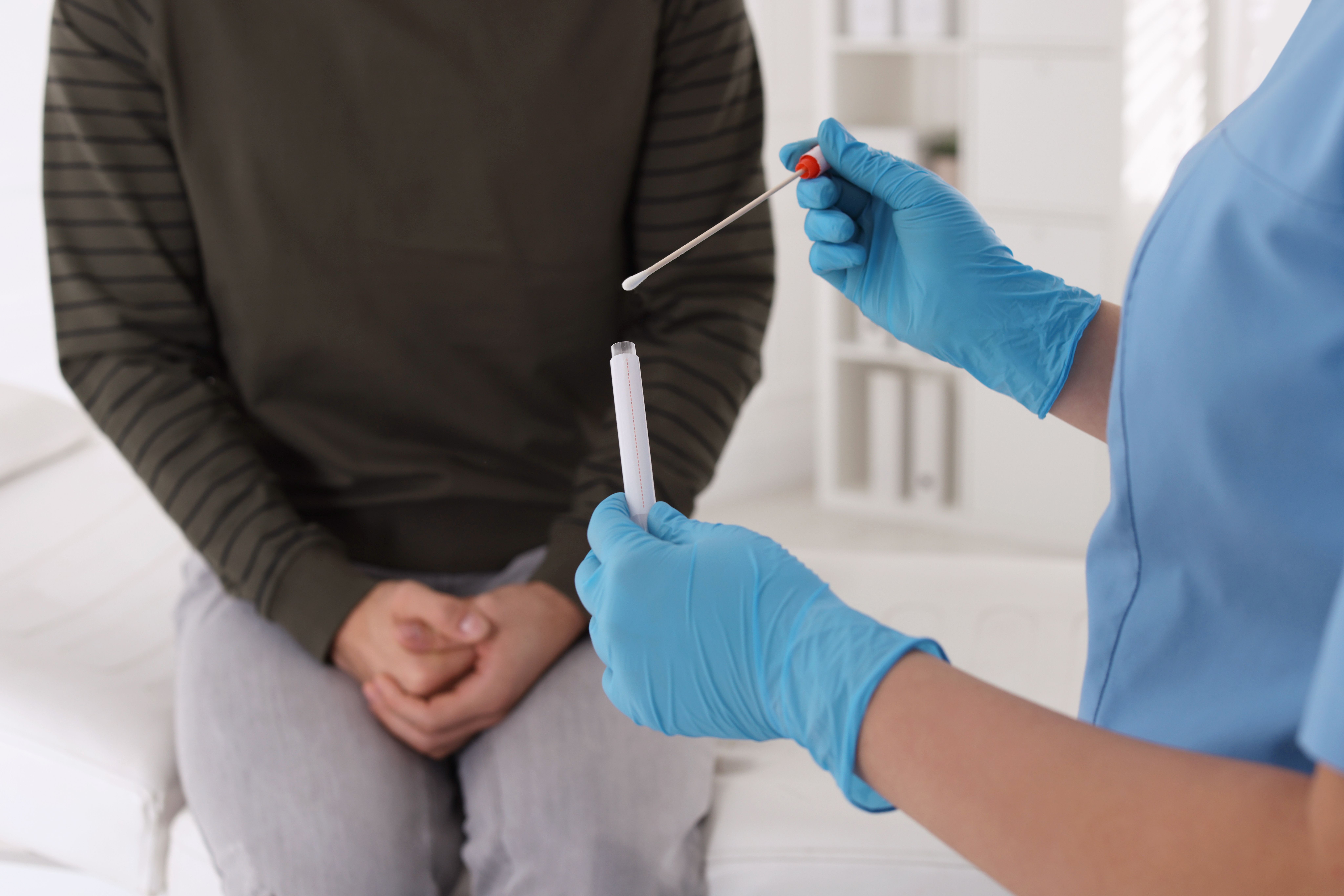- Center on Health Equity & Access
- Clinical
- Health Care Cost
- Health Care Delivery
- Insurance
- Policy
- Technology
- Value-Based Care
Direct-Mail Self-Sampling Increased Cervical Cancer Screening Among Due, Overdue Patients
Although direct-mail self-sampling significantly increased cervical cancer screening, the opt-in approach only minimally increased screening.
Within a US health system, cervical cancer screening increased by more than 14% by directly mailing human papillomavirus (HPV) self-sampling kits to patients who were due or overdue for it, according to a study published in JAMA.
The researchers explained that US guidelines endorse cervical cancer screening for female patients aged 30 to 65 years through HPV testing of clinician-collected samples. However, screening adherence has decreased from 86% to 77% between 2005 and 2019, with further declines occurring recently due to pandemic-related disruptions. To mitigate the impact of missed or delayed screenings, the researchers noted that patient-centered strategies must be used to promote access and adherence to cervical cancer screenings.
Consequently, the researchers promoted HPV tests that use self-collected samples as they address several barriers, including required clinic appointments. Despite its benefits, the FDA has not yet approved self-sampling. Because of this, the researchers conducted the STEP (Self-Testing options in the Era for Primary HPV screening for cervical cancer) trial, which evaluated direct-mail and opt-in approaches to offering HPV self-sampling to populations defined by screening history. The trial’s primary outcome was screening completion within 6 months, comparing patients who used direct-mail or opt-in approaches with those randomized to the education group.
The researchers explained that they conducted a similar trial from 2014 to 2017 called the HOME trial, where they found that mailing HPV self-sampling kits to underscreened patients increased screening by 9% over usual care. Despite this, most patients remained unscreened with low follow-up of HPV-positive results and low patient understanding of testing. Within the STEP trial, the researchers aimed to address the gaps found during the HOME trial and generalize findings to key populations.
“As US health care systems introduce primary HPV screening with possible self-sampling, they need data to inform implementation,” the authors wrote. “HPV self-sampling trials have not specifically evaluated kit uptake among populations that are screening-adherent or have unknown screening history.”
HPV test
Image credit: New Africa - stock.adobe.com

The trial was conducted within Kaiser Permanente Washington (KPWA), a US integrated health care delivery system. The patient inclusion criteria included being with current KPWA insurance, between the ages of 30 and 64, and of current female sex. The researchers used KPWA electronic health records (EHRs) and administrative claims to identify eligible patients as either due (previously screened, due for screening in ≤3 months), overdue (cotesting >5.25 years ago, Papanicolaou testing alone >3.25 years ago, or no Papanicolaou testing with continuous KPWA enrollment ≥3.25 years), or unknown (KPWA enrollment ≥6 months and <3.25 years, no recorded screening).
To conduct the trial, they randomized patients who were screening-adherent, overdue, or had unknown screening history to receive usual care (patient reminders and electronic health record [EHR] alerts), education (usual care plus educational screening materials), direct mail (usual care, educational materials, and a mailed HPV self-sampling kit), or to opt in (usual care, educational materials, and the option to request a self-sampling kit).
Randomization took place from November 2020 to January 2022 for the population consisting of 13,069 patients due for screening, including 8311 who were overdue and 9975 with unknown screening history. The mean (SD) was 45.5 (10.4) years for patients who were due, 43.8 (10.3) years for those with unknown screening history, and 47.4 (10.1) years for those overdue.
Of patients due for screening, compared with the patients receiving education alone, screening was 14.1% (95% CI, 11.2-16.9) higher in the direct-mail group and 3.5% (95% CI, 1.2-5.7) higher in the opt-in group. Additionally, among patients who were overdue, screening completion was 16.9% (95% CI, 13.8-20.0) higher in the direct-mail group than in the education alone group. Lastly, of those with unknown history, screening was 2.2% (95% CI, 0.5-3.9) higher in the opt-in group compared with those who received education alone.
The researchers acknowledged their study’s limitations, one being that there were resource constraints as provided kit materials were English-only; consequently, the results may not be generalizable to non-English–speaking individuals. Also, STEP launched during the COVID-19 pandemic, meaning patients may have been more motivated to use the kits than go to an in-clinic visit during this time. Because of this, the researchers noted that the response to mailed kits may change post-pandemic. Despite these limitations, the researchers used their findings to make suggestions on how to increase screening adherence.
“To increase screening adherence, systems implementing HPV self-sampling should prioritize direct-mail outreach for individuals who are due and overdue for screening,” the authors concluded. “For individuals with unknown screening history, testing alternative outreach approaches and additional efforts to document screening history are warranted.”
Reference
Winer RL, Lin J, Anderson ML, et al. Strategies to increase cervical cancer screening with mailed human papillomavirus self-sampling kits: a randomized clinical trial. JAMA. 2023;330(20):1971–1981. doi:10.1001/jama.2023.21471
